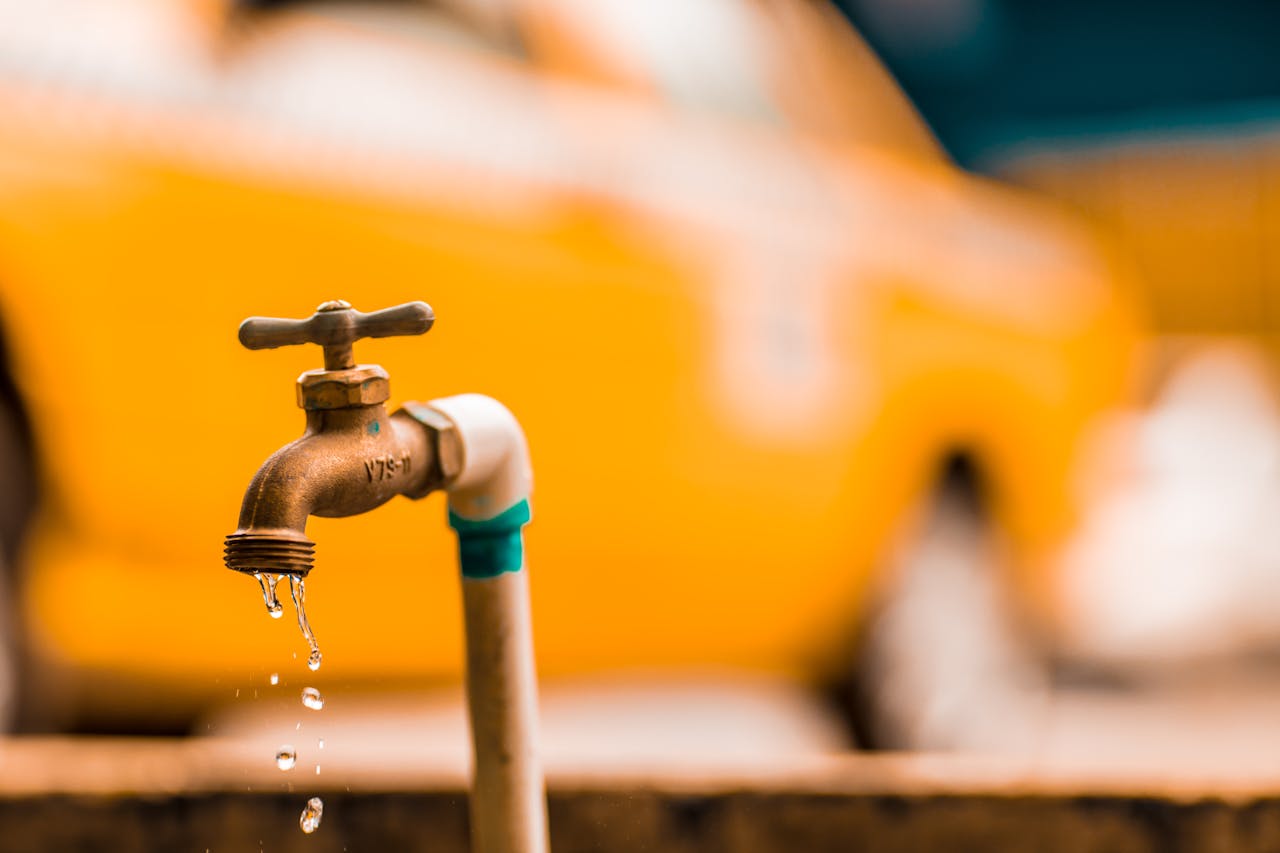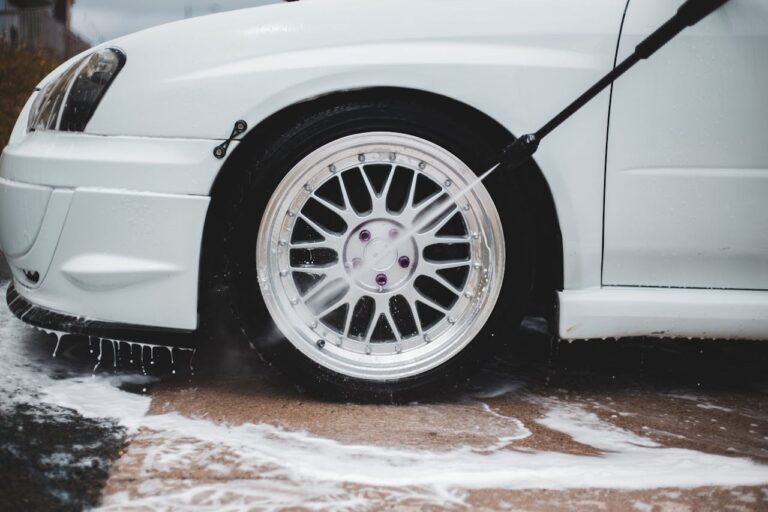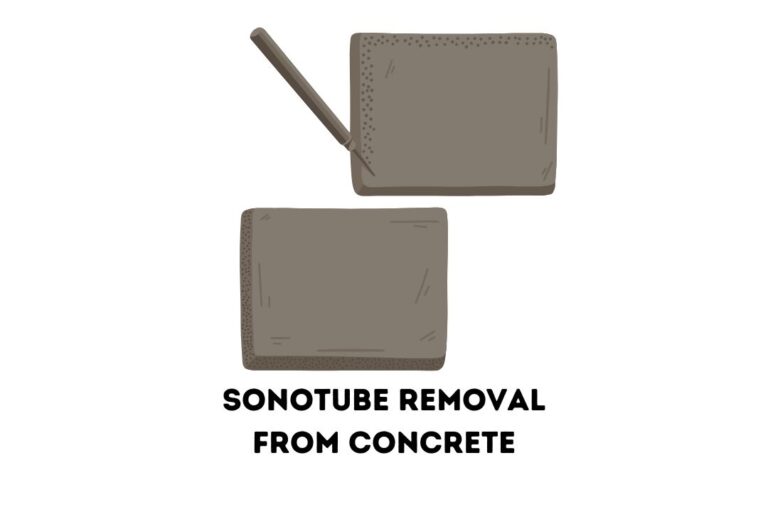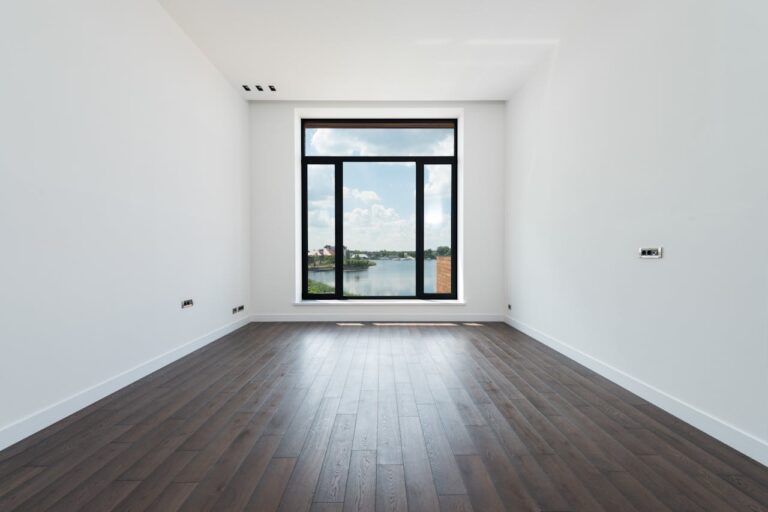
Connecting polyethylene (poly) pipe to polyvinyl chloride (PVC) pipe is a common task in various plumbing and irrigation projects. Whether you’re extending an existing system or repairing a damaged section, knowing how to make a proper connection is essential for maintaining efficient water distribution. In this guide, we’ll walk you through the process step by step, covering everything from the tools and materials you’ll need to the techniques for achieving a secure and leak-free connection.
1. Understanding Poly Pipe and PVC
Before we delve into the connection process, let’s briefly discuss the characteristics of poly pipe and PVC. Poly pipe, made from high-density polyethylene (HDPE), is flexible, durable, and resistant to corrosion, making it ideal for underground irrigation systems. PVC pipe, on the other hand, is rigid and commonly used for above-ground plumbing and irrigation applications due to its strength and affordability.
Poly pipe and PVC serve different purposes in plumbing and irrigation systems, but there are occasions when you may need to connect the two materials. Whether you’re transitioning from an underground poly pipe to an above-ground PVC line or vice versa, proper connection methods are crucial to ensure the integrity of the system and prevent leaks.
2. Gathering the Necessary Tools and Materials
Before you begin the connection process, gather the following tools and materials:
- PVC pipe cutter or hacksaw
- Poly pipe cutter or utility knife
- PVC primer and cement
- Poly pipe insert fittings
- PVC male adapters
- Adjustable wrench or pliers
- Teflon tape (optional)
Having the right tools and materials on hand is essential for a successful connection between poly pipe and PVC. A PVC pipe cutter or hacksaw will allow you to cut the PVC pipe cleanly and accurately, while a poly pipe cutter or utility knife will ensure precise cuts on the poly pipe. PVC primer and cement are necessary for creating a secure bond between the PVC pipe and fittings, while poly pipe insert fittings and PVC male adapters facilitate the connection between the two materials.
3. Cutting and Preparing the Pipes
Start by cutting the poly pipe and PVC pipe to the desired lengths using the appropriate cutting tools. Ensure that the cuts are clean and square to promote a tight and secure connection. Once the pipes are cut, use a deburring tool or sandpaper to remove any burrs or rough edges from the cut ends.
Properly preparing the pipes before making the connection is crucial for achieving a leak-free joint. Clean, square cuts ensure maximum surface contact between the pipe and fittings, while removing burrs prevents obstructions that could interfere with the sealing process. Take your time to ensure that both the poly pipe and PVC pipe are cut to the correct lengths and properly deburred for a smooth assembly.
4. Applying Primer and Cement
Apply PVC primer to the outside of the PVC pipe and the inside of the PVC male adapter or fitting. Allow the primer to dry for a few seconds, then apply PVC cement to the primed surfaces in a uniform layer. Immediately insert the PVC male adapter or fitting into the end of the PVC pipe and hold it in place for a few seconds to allow the cement to set.
PVC primer and cement are essential for creating a strong and durable bond between PVC pipe and fittings. The primer softens the PVC surface and prepares it for bonding, while the cement creates a chemical reaction that fuses the materials together. Be sure to apply the primer and cement according to the manufacturer’s instructions and work quickly to insert the fitting before the cement dries.
5. Inserting Poly Pipe Insert Fittings
Insert poly pipe insert fittings into the end of the poly pipe, ensuring a snug and secure fit. Use an adjustable wrench or pliers to tighten the fittings onto the pipe, making sure they are fully seated and aligned with the PVC male adapters or fittings.
Poly pipe insert fittings are designed to create a secure connection between poly pipe and PVC fittings. The barbed design of the fittings ensures a tight grip on the poly pipe, preventing leaks and ensuring reliable performance. Use caution when tightening the fittings to avoid over-tightening, which could damage the pipe or fittings and compromise the integrity of the connection.
6. Joining the Pipes
Once the fittings are in place, insert the end of the poly pipe with the insert fittings into the PVC male adapter or fitting. Apply gentle pressure to ensure a tight and secure fit, checking for any gaps or misalignments along the joint. If necessary, use Teflon tape to seal any threaded connections and prevent leaks.
Joining the poly pipe to the PVC pipe is the final step in the connection process. Apply gentle pressure to insert the poly pipe into the PVC fitting, ensuring that it is fully seated and aligned with the male adapter or fitting. Take care to maintain even pressure along the length of the joint to prevent gaps or leaks. Once the pipes are joined, check the connection for any signs of leakage and make any necessary adjustments to ensure a watertight seal.
Conclusion
Connecting poly pipe to PVC requires careful preparation, the right tools and materials, and precise execution. By following the step-by-step instructions outlined in this guide, you can create secure and leak-free connections for your plumbing and irrigation projects. Remember to take your time, double-check your measurements, and follow best practices to ensure a successful outcome.






